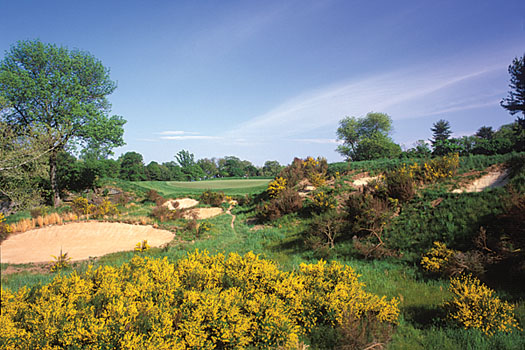
The Championship Committee ensured the small, undulating greens were lightening fast and the rough off the fairways and around the green complexes was thick enough to complement the property’s sandy waste and quarry areas, along with the dune grasses and ‘Scotch Broom’ that frame many of the bunkers and waste areas. Despite their concerns, the "Old Lady" was up to the test with only five players in the field of breaking par that year.
This month, the players will still face a golf course that is considered short by modern standards – it comes in at just under 6,900 yards – despite the clubs acquisition of some neighbouring land and by broader decisions to reduce spectator movement and hospitality in some areas of the property. The fact of the matter is that with only 126 acres of room to play with, the golf course can't be lengthened any further because there is simply no room.
Changes to the course in preparation for this particular championship have been made progressively. Strategic bunkering has been added on the second, 15th and 16th, while the third sees a new tee,and will now play a backbreaking 256-yard, uphill par-3. Fairways will be narrowed to between 22 and 24 yards and the USGA will do away with an "intermediate" or a "first cut" of rough due to the prevalence of shorter holes.
"Merion is not a golf course that jumps out for the graduated rough like others because of the premium of short holes,” USGA Championship Committee Chairman Tom O’Toole said recently. “With short holes you have to play from the fairway and if you are not, there has to be a punishment. You’re not going to see the graduated rough on the short holes."
Pages
Click here to see the published article.











